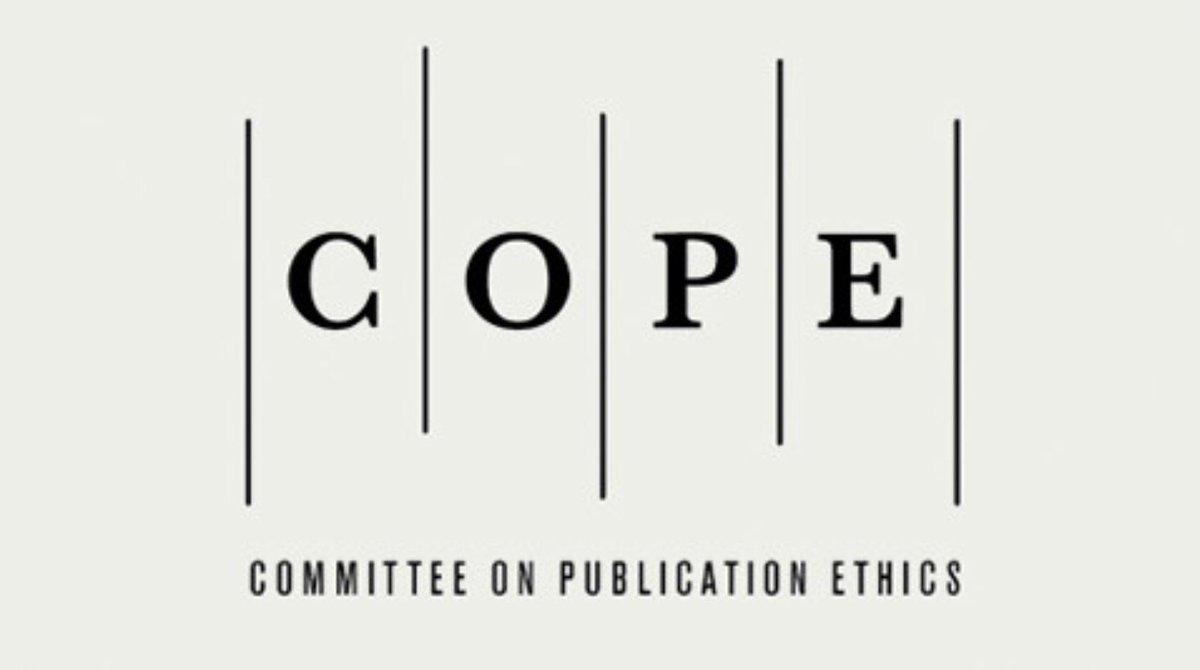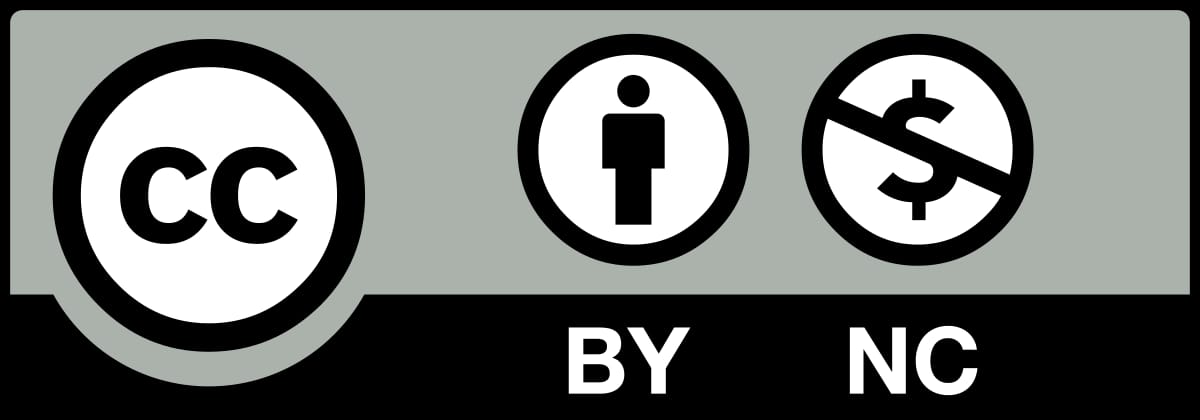[3] THE EFFICACY AND SAFETY OF LOCAL INSULIN INFILTRATION VS NORMAL SALINE DRESSINGS IN WOUND HEALING IN DIABETIC FOOT ULCERS
ARTICLE HISTORY- Date of Submission: Aug 29, 2024, Revised: Sep 25, 2024, Accepted: Oct 12, 2024, https://doi.org/10.56815/IJMRR.V3I4.2024/14-39
Abstract
Diabetes Mellitus is known to man to be one of the oldest diseases. In 2015, an estimated 415 million people had diabetes worldwide, with type 2 DM making up for about 90% of the cases. This represents 8.3% of the adult population, with equal rates in both women and men. And the trend suggests that it is on the rise. Diabetic foot ulcers are one of the major complications of diabetes mellitus. The vascular changes and neuropathy all contribute to changes in to the lower extremity called the diabetic foot. Wound healing involves cell adhesion, migration, proliferation, differentiation and apoptosis at cellular and molecular levels. Abnormalities in the factors of wound healing contribute to defective wound healing in diabetic ulcers including decreased growth factor production, angiogenic response, macrophage function, collagen accumulation, epidermal barrier function and keratinocyte and fibroblast migration and proliferation. In diabetes, ulcers fail to re-epithelize properly making them prone to infection. The inter relationship of all these factors results in gangrene and ultimately amputation. Nowadays there are various types of dressings available and these serve a pivotal part in the healing of footulcers. Topical dressings include one of the major modalities of care for diabetic foot ulcers. Different types of moist dressings and topical agents are used today. Conventional dressings respond poorly, thereby increasing hospital stay or total duration of treatment and decreasing the quality of life. Several therapeutic modalities are available to effect wound healing such as skin grafts, hydrocolloid dressings etc. but some may not be economically suitable for the patient.
Topical Insulin promote wound healing by activating serine-threonine kinase (AKT) and extracellular signal regulated protein kinase (ERK) pathway. Insulin stimulates the growth and development of different cell types and affects proliferation, migration, and secretion by keratinocytes, endothelial cells, and fibroblasts. There have been numerous animal studies which have successfully proven the efficacy of insulin application locally on wounds. Few human studies have been conducted where insulin was sprayed topically over the wound surface. This doesn’t standardise the amount of insulin actually remaining in contact with the wound. To overcome this, it was decided to infiltrate the wound locally in our study. The purpose of this prospective, randomized study is to investigate the efficacy and safety of local insulin infiltration in management of patients with diabetic foot ulcers.






























